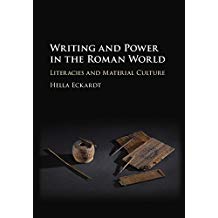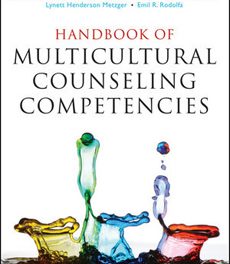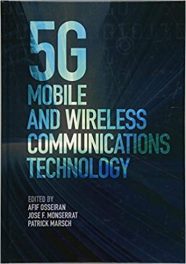 Author: Hella Eckardt
Author: Hella Eckardt
Publisher: Cambridge University Press – 268 pages
Book Review by: Sonu Chandiram
While the word ‘literacy’ may be commonly understood by most people as the ability to read, and often to write, there are many meanings of this word, the author Hella Eckardt writes, and that depends on the “degrees of cultural refinement.” She cites a number of sources to justify her contention.
She expounds on this by stating that literacy “is often also taken to relate to levels of competence and learning.” This book on the key role that literacy played in the development of Roman society is an insightful and detailed study on what literacy led to, and in that respect, we may be better able to understand how communities and countries progressed to our modern state of the world.
In Roman times, activities under the umbrella of literacy ranged from as simple as signing a document to as creative as writing a skilled composition, Eckardt states at the outset of this book.
We present below an overview of the story of literacy and its influence in the Roman world by listing the 12 chapters that constitute this book:
- Part I. Understanding Literacies, Material Culture, and Practices in the Roman World
- Introduction to Literacies, Power, and Identities
- The Practicalities of Literacy: Writing Instruments in the Roman World
- Literacy as Technology and Practice
- Part II. Case Study
- Materials and Production
- Metal Inkwells in the Roman Empire
- A Practice Turn: Thinking About Inkwell Use
- The Spatial and Social Distribution of Inkwells
- Writing Instruments in Funerary Contexts and the Expression of Identities
- Literacy as Performance: Self-Presentation of the Educated Elite
- Literacy and the Life Course: Gender
- Literacy and the Life Course: Age
- Literacy, the Body and Elite Identities, Writing and Status
- Conclusion: Writing Empire Through Material Culture
Hella Eckardt, a professor at the University of Reading in Berkshire, England, not only shows how literacy led to growth and development in the Roman world but also presents, as the result of her research the empirical evidence she found- the different writing instruments and inkwells that were in different periods of time.
Take a close look at the drawings of what pens, inkwells, and other objects that were used, in the various chapters of Part II entitled Case Study. She calls on specialists of various types that study past societies to collaborate and communicate more on their findings – people such as archaeologists, classicists, paleographers, and papyrologists – so that we in the present era can better understand our history – what disappeared and what survived, so that we can improve the course of our future.
This is an important work of history, particularly on the significant role that literacy has played in the development of Roman society.
Author:
Hella Eckardt teaches provincial Roman archaeology and material culture studies at the University of Reading in the United Kingdom. She has published on lighting equipment in Illuminating Roman Britain (2002), objects associated with grooming and personal adornment in Styling the Body in Late Iron Age and Roman Britain: A Contextual Approach to Toilet Instruments (2008) and material culture from Britain generally in Objects and Identity: Roman Britain and the North-Western Provinces (2015).






